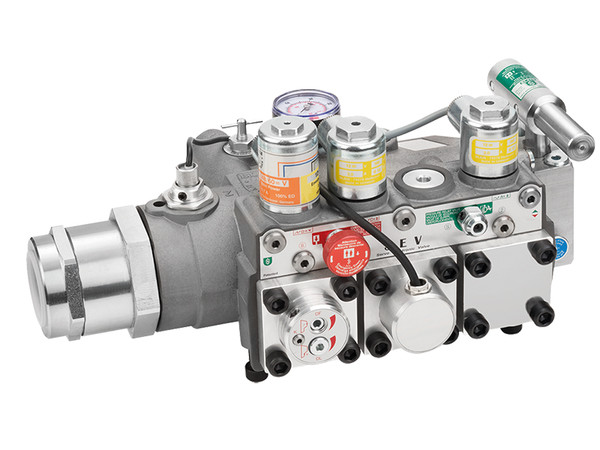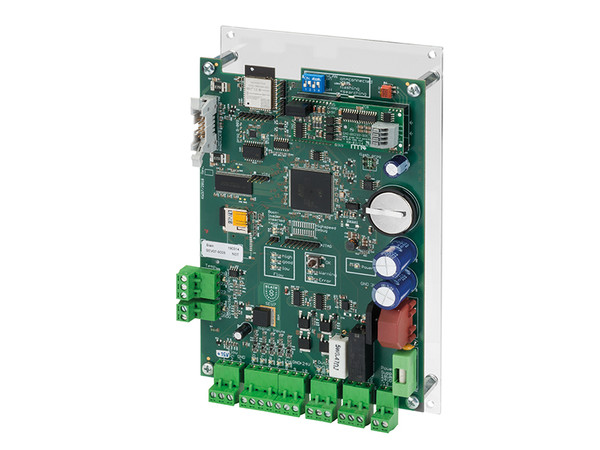Smart and sustainable: new electronic control valve
Blain has developed a new smart electronic control valve to further improve the travel properties of lifts. At the same time, the associated control board was designed with the fewest components possible.
Today, everyday life is inconceivable without smartphones. Apart from the classic telephone function, they increasingly possess the properties of a computer. Blain exploited this to eliminate large energy-hungry parts of the newly developed smart control board without replacement.
The display was removed in the smart control board and replaced with WLAN functionality. Operation occurs completely via a smartphone (Figure 3). The web server this requires is located on a replaceable memory chip.
Depending on the memory size, long term saving of the travel curves is now possible too. This enables service staff now also to access events that only occur sporadically and which could otherwise only be located via lengthy direct monitoring.
Ecological influence
Electronically regulated control valves have long been in use in hydraulic lifts. These are deployed whenever classic unregulated control valves reach the limits of their performance. This is the case, for example, when there are great pressure differences between the loaded and unloaded state or also high oil temperature fluctuations.
 Figure 1: Smart electronic valve SEV7. Photo: © Blain Hydraulics
Figure 1: Smart electronic valve SEV7. Photo: © Blain HydraulicsUsing sustainable products is also an important objective in the lift sector. However, one should not just evaluate energy efficiency according to operating energy, but also consider the entire life cycle, from manufacture and use to disposal of the product.
Normally, regulated control valves require an electronic card that ensures improved travel properties, but at the same time also consumes additional resources. Therefore, selecting the correct control valve (mechanical, electronically-regulated or frequency-controlled) is decisive from an ecological perspective and should be taken into account when selecting the valve type.
Smart electronic control valve
The new generation of electronically controlled lift valves is distinguished by improved operability and an even greater range of use. Additional functions have also been integrated, apart from the smart operation.
 Figure 2: Controller card SEV7. Photo: © Blain Hydraulics
Figure 2: Controller card SEV7. Photo: © Blain HydraulicsBlain has integrated two more sensors in its new smart electronic control valve to enable the travel properties of a classic electronic controller to be further improved (Figure 1). The pressure sensor and temperature sensor have been included in one unit to save space and thereby resources. As a result, integrating the small, sturdy design in existing components was no problem.
When designing the controller card needed (Figure 2), attention was also paid to ecological aspects and a decision made for multiple use. By using a DIP switch, the new smart control valves can not only be driven, but also via over twenty-year old electronic control valves.
Therefore, the still properly functioning "old" control valves do not have to be completely replaced if the controller card fails. Consequently, Blain has simultaneously created for the former the option of an upgrade for the new smart functions of the next generation control card.
Additional functions
If necessary, a connection to a PC or laptop can be established with a special USB adapter via the VISU interface and the control card operated from there. Complicated mechanical components have been replaced by a clever PID control.
An emergency program starts in the software in the event of a total failure of the pressure and/or temperature sensor. This can also bridge the period up to repair via a permanent switch-over to the controller card.
Testing the pipe rupture valves on the lift was made more secure and user-friendlier by an additional program point.
By Dr K Ferhat Celik and Frank Pausder
The authors Dr Ferhat Celik (Development) and Frank Pausder (Quality Assurance) are employees of Blain Hydraulics GmbH.
More information: blain.de






















Write a comment